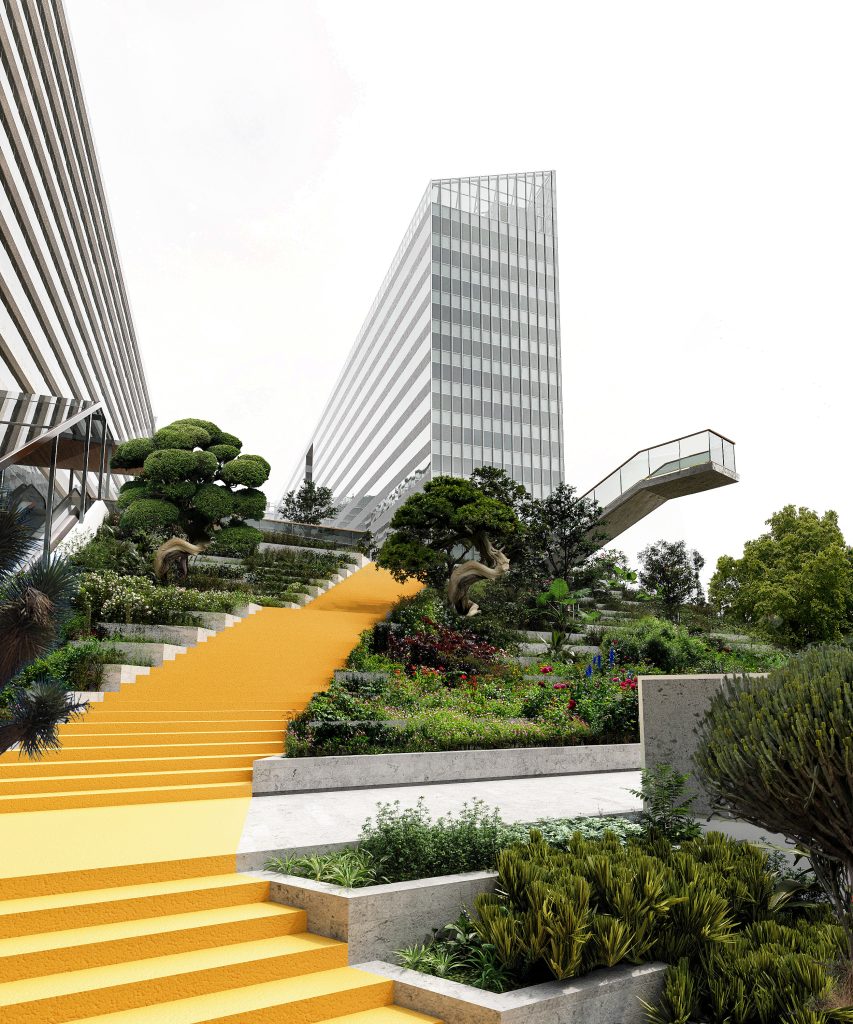Habitat on the moon from the 3D printer
Billboard
Skyscrapper
Halfpage
NASA has commissioned 3D printing company ICON to explore infrastructure for possible construction on the moon. More about the ideas for habitat from the 3D printer here.
Exploring the Moon
NASA’s Artemis programme deals with planning long-term human exploration of the Moon. New technologies are necessarry for this. After all, the moon presents unique challenges for living and working. This begins with the construction of the necessary infrastructure. That’s why NASA has commissioned the Austin-based 3D printing company ICON to help build infrastructure. With the help of this technology, landing pads, habitats and roads could be created on the lunar surface.
ICON is also a pioneer here on Earth. For example, the company recently broke ground on a large 3D-printed neighbourhood in Texas. NASA’s Small Business Innovation Research Program Fund awarded the company nearly $60 million. This is to enable further exploration of space environments such as the Moon and Mars.
Incidentally, as early as 2021, NASA and ICON collaborated to design an experimental habitat with architects from Bjarke Ingels Group.
ICON’s Vulcan robotic building system is a 3D printer used to build neighbourhoods on Earth as well as simulations. It will likely be a key component of NASA’s Crew Health and Performance Analog mission. This mission will launch in 2023 and simulate a year on Mars.
ICON’s Olympus project
The latest round of funding for ICON will go towards the company’s Olympus project, supporting NASA’s Artemis programme. This involves the fabrication and realisation of a habitat on the Moon. The ambitious project was announced in 2020. It is mainly concerned with the necessary infrastructure.
This is because the extreme temperatures on the moon, as well as factors such as radiation and micrometeors, are a challenge for the development of dwellings. It is uncharted territory. Not too much is known yet about what possible dwellings and infrastructures might look like. Besides a warm, safe and dry place, landing pads for spacecraft, shields and roads are necessary.
ICON is planning according to the concept of “living off the land”. This means that materials available on the surface of the Moon and Mars, such as rocks, will be used to create the planned habitat. On Earth, on the other hand, ICON uses a concrete polymer called Lavacrete, which is layered to form facades and foundations.
Robust and widely applicable systems
ICON’s vision is to change the approach to space exploration. Instead of transporting materials back and forth, the company wants to use on-site resources. According to ICON, previous research and development work has shown that such systems are needed.
As part of the programme, ICON will conduct a simulation flight with NASA using lunar gravity. The company also plans to test rock and sediment samples from previous missions. This is to determine how materials behave under lunar gravity.
The contract between ICON and NASA runs until 2028. When exactly the planned lunar habitat could be created is still open.












